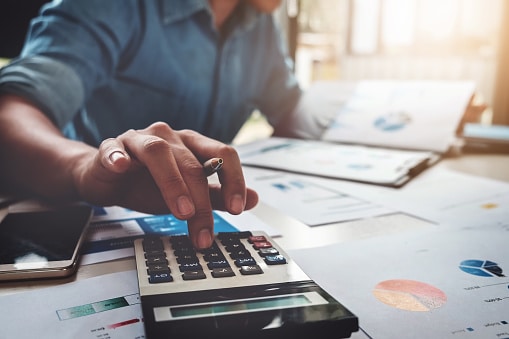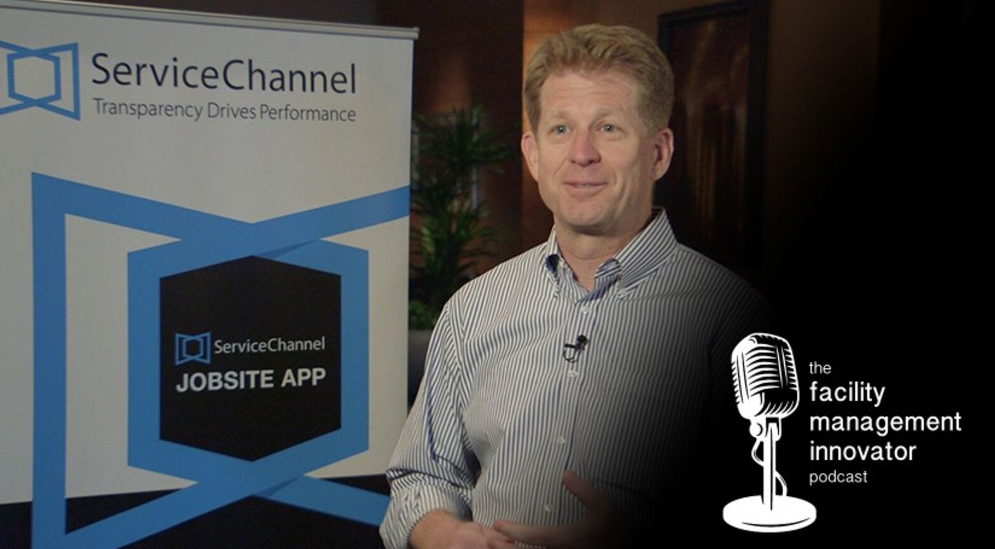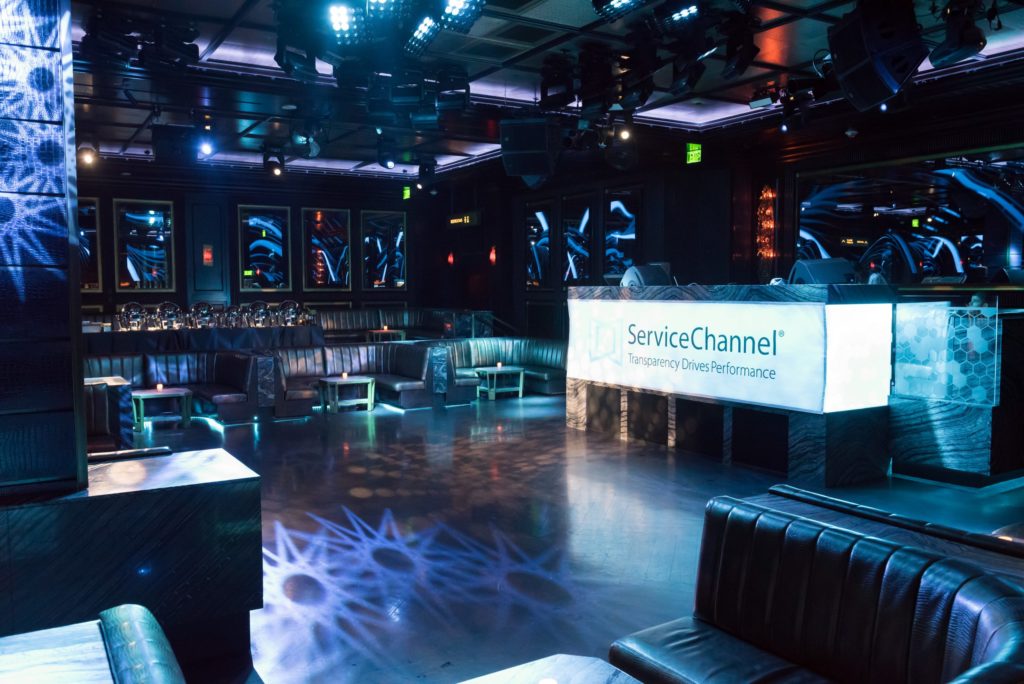How to Balance Replacement Asset Value with Maintenance Cost Percentage

Our top-of-the-head analysis reveals that US companies alone spend upwards of $100 billion a year to repair and maintain facilities and key equipment. There are several ways these companies track annual costs accurately for better planning and forecasting purposes.
One common method is calculating the maintenance cost as a percentage of the replacement asset value (RAV), a well-understood and universal benchmark for measuring asset performance success.
What is Replacement Asset Value (RAV)?
Replacement Asset Value (RAV) refers to the total cost of replacing an asset at its present value. RAV helps companies understand the potential value of replacing existing assets today. This information is important for budgeting, insurance, and strategic planning.
Yet, most facility decisions are based on gut instinct. While 90% of facility managers surveyed in a study commissioned by Schneider Electric believe that data-driven technology systems would improve their productivity and profitable operations, only 32% of respondents currently use analytics to guide business decisions.
These statistics are why we estimate that out of all the money spent annually, companies waste approximately 20% of $100 billion on unnecessary costs.
Importance of RAV for Facilities Managers
Facilities managers who aim for efficiency or to gain deeper insights can use RAV to achieve these goals. RAV estimates the current cost to replace existing assets with brand-new, identical equipment. Comparing this cost against your annual maintenance cost can help you make informed asset management and budgeting decisions.
Download the Facilities Management Survival Guide here.
What is Maintenance Cost Percentage?
The maintenance cost percentage or your RAV (MC/RAV) measures the annual cost of maintaining a piece of equipment against its value. The lower the percentage, the more valuable a maintenance program is to an organization.
One of the finance department’s primary responsibilities is cutting unnecessary costs. Calculating your maintenance cost percentage allows you to compare and track any given metrics and gain insight into how well equipment expenditures are managed.
Looking at the maintenance cost percentage of your RAV provides insight into how long your assets will last before needing repair or replacement.
For example, if a business spends 20% of its RAV on maintenance yearly, it could have bought a new plant every five years. However, if it only spends 2% of RAV annually, it could be in operation for 50 years before maintenance spend is worth the cost of buying a new plant.
Most facilities departments are advised to keep their MC/RAV percentage at 3% or lower.
How to Measure Your Maintenance Cost Percentage
Determine maintenance cost as a percentage of RAV by calculating the amount spent annually on maintaining assets divided by the RAV of the maintained assets.
Here is a simple calculation to help you find this percentage.
Total Maintenance Cost/RAV (%) = (Annual Maintenance Cost ($) x 100) / RAV ($)
This calculation decides whether assets should be repaired, maintained, or replaced. Lowering maintenance cost percentage may seem difficult at first, but facilities management software makes it relatively easy. Your team can keep costs in check and spend your budget in areas where you’ll receive the most ROI.
6 Tips For Balancing Your RAV and Maintenance Costs
1. Practice Regularly Scheduled Maintenance
Regularly scheduled maintenance is a critical component in keeping maintenance costs low. By consistently tending to facility assets, you keep them in working order, avoid potential downtime, and reduce the likelihood of facing a costly emergency repair.
Facilities management software such as service automation makes scheduling preventive maintenance an easy process. It uses a single dashboard where you can easily track all service requests and complete proposals and invoices. With features like spend analysis, you can read and analyze all facility spend data in one place and ensure financial goals are being met.
2. Utilize Asset Management Software
Another way to keep MC/RAV balanced is by having greater visibility into an operation’s spending activity. Facilities software features like equipment tracking make it simple to spot trends and adjust your maintenance strategy accordingly. You can store detailed records about assets, including how often they are used and how often they need to be repaired.
3. Use Historical Data and Analytics
Maintenance software with analytic capabilities is critical for discovering areas of improvement in the repair and maintenance process. Using these analytics tools helps you better understand cost allocation and allows you to develop effective strategies to enhance future MC/RAV percentages.
However, you will still need to understand how to read the data it produces. Ask yourself the following questions when you read an analytics report.
- Did you go over or stay under your budget?
- Were there assets, locations, or contractors that used more of your budget than originally intended?
- Did you implement practices that significantly changed how you spent?
These questions provoke critical thinking about how money is spent to maintain your facilities.
4. Implement Preventive or Predictive Maintenance
Implementing regularly scheduled maintenance will significantly reduce your maintenance costs. Maintenance expenditures cost 25%-30% more for reactive maintenance than preventive maintenance. Lower maintenance costs will help reduce the discrepancy between your MC and RAV percentage.
Additionally, having a solid maintenance program will result in less maintenance. Even though you will schedule planned maintenance operations for all assets, your maintenance team will spend less time on maintenance processes.
The reason is that regular maintenance practices take much less time to complete than most repairs. The process also improves equipment performance by reducing the likelihood of time-consuming repairs.
5. Utilize Run-to-Failure Method
The run-to-failure method involves allowing equipment to operate until it fails rather than conducting regular, preventative maintenance. This method works best for assets with low repair costs.
It can help you balance your costs because it allows for a more strategic allocation of resources. Maintenance professionals can spend more time on assets that require more preventive maintenance and less on non-critical, low-cost equipment. As a result, maintenance costs related to labor are optimized.
If you choose this route, tracking equipment depreciation is a good idea. Knowing the depreciated value of an asset can help you decide whether it’s worth regular maintenance or whether it’s better to let it run to failure.
6. Integrate Risk Assessment
Integrating risk assessments into your asset life cycle management procedures helps balance MC/RAV by focusing your maintenance schedule on the most important tasks. This approach allows you to identify risks associated with each asset throughout its life cycle so you can prioritize your schedule accordingly.
By directing maintenance efforts to when and where they are most needed, you can prevent major issues and extend the lifespans of specific assets. It’s also another method to help you streamline resource allocation.
RAV Use Cases
Manufacturing Plant
Managers in a manufacturing plant can use RAV to decide whether to repair, maintain, or replace equipment. A balanced MC/RAV signifies that the plant effectively manages its assets with minimal costs and maximizes the ROI on these assets. If the costs are out of balance, the manager may reevaluate which assets are worth keeping.
RAV can also help manufacturing companies become more energy-efficient. Poorly performing, high-maintenance equipment often requires more energy to uphold compared to other assets. RAV can help improve asset energy management by showing where energy efficiency is more cost-effective.
For example, suppose a machine with high energy consumption has a high RAV. In that case, the replacement cost for a more energy-efficient model might be a better choice than continuing to incur high operational costs from energy usage.
Fleet Management
In fleet management, RAV offers a clear picture of the fleet’s current value. Based on data-driven insights, managers can use RAV to identify which vehicles need immediate attention or replacement.
RAV also reveals vehicles that have lost significant value. Managers can use this information to schedule phased vehicle replacements. Understanding RAV also helps for insurance purposes and makes it easier to budget appropriately by providing a comprehensive overview of all the costs of maintaining the fleet.
Balance Your Replacement Asset Value and Maintenance Costs with ServiceChannel
If you have yet to calculate what your maintenance cost percentage is for your replacement asset value, it’s worth the time. It will give you a better understanding of how well you are budgeting as a company and can help forecast future spending habits.
ServiceChannel’s facilities management software is perfect for refining asset management and your maintenance strategies to include MC/RAV calculations. Our automated platform simplifies the management of assets, work orders, and service providers, supporting data-driven decisions and enhancing operational performance.
Reach out to us today for a free demo.
Download the Facilities Management Survival Guide here.



